Buy this flower art Tagette flower which glows under UV light by Swen van de Vlierd on canvas, ArtFrame, poster and wallpaper, printed on demand in high quality.
About "Tagette flower which glows under UV light"
by Swen van de Vlierd
About the artwork
Tagetes, often known as marigolds in the Netherlands, are flowers that naturally display a fascinating characteristic when exposed to ultraviolet (UV) light. In this photo, we see a Tagetes flower that lights up spectacularly under UV radiation. The petals display vibrant fluorescent hues ranging from intense yellow to deep orange, highlighting the flower's natural patterns and textures in a mesmerising way.
Under UV light, details emerge that normally remain invisible to the naked eye. Tagetes' fluorescent properties are the result of certain pigments in the petals absorbing UV light and then re-emitting it into the visible spectrum. This creates a stunning visual effect that resembles natural neon lighting. The nuances of the colours and the brilliant patterns that become visible offer a glimpse into a hidden world that is otherwise hidden from us.
The phenomenon of UV fluorescent flowers is not only a visual spectacle, but also has a functional role in nature. Many pollinators, such as bees, have the ability to see UV light, making the flowers even more attractive to them. The brightening parts of the flower act as a kind of runway, guiding insects to the nectar and pollen. This increases the chances of pollination and thus reproduction of the plant.

About Swen van de Vlierd
Swen van de Vlierd is a passionate nature photographer from the Netherlands. He has always been fascinated by the beauty of nature and has turned this passion into his favorite hobby. Swen has gained years of experience in photographing landscapes, animals, and plants, and has developed a.. Read more…
 Germany
Germany Ordered in March 2024
Ordered in March 2024
 Netherlands
Netherlands Ordered in May 2024
Ordered in May 2024
 Germany
Germany Ordered in July 2021
Ordered in July 2021
 Germany
Germany Ordered in October 2023
Ordered in October 2023
 Netherlands
Netherlands Ordered in June 2021
Ordered in June 2021
 Netherlands
Netherlands Ordered in July 2018
Ordered in July 2018
 Germany
Germany Ordered in June 2022
Ordered in June 2022
 Netherlands
Netherlands Ordered in June 2025
Ordered in June 2025
 Germany
Germany Ordered in December 2024
Ordered in December 2024
 Germany
Germany Ordered in June 2020
Ordered in June 2020
 Netherlands
Netherlands Ordered in November 2020
Ordered in November 2020
 Germany
Germany Ordered in August 2019
Ordered in August 2019
About the material
ArtFrame™
Interchangeable Art Prints
- High-quality print
- Easily interchangeable
- Acoustic function
- Large sizes available
Discover the artworks of Swen van de Vlierd
 Robins nibble on winter suppliesSwen van de Vlierd
Robins nibble on winter suppliesSwen van de Vlierd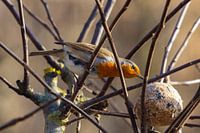 A robin pecking at a fat ballSwen van de Vlierd
A robin pecking at a fat ballSwen van de Vlierd The falcon watching over the fields.Swen van de Vlierd
The falcon watching over the fields.Swen van de Vlierd A robin with his chest out!Swen van de Vlierd
A robin with his chest out!Swen van de Vlierd A robin with his chest out!Swen van de Vlierd
A robin with his chest out!Swen van de Vlierd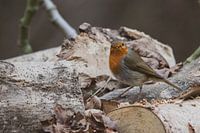 A robin with his chest out!Swen van de Vlierd
A robin with his chest out!Swen van de Vlierd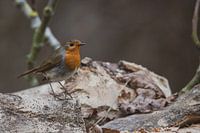 A robin with his chest out!Swen van de Vlierd
A robin with his chest out!Swen van de Vlierd Cow, enjoying the sunSwen van de Vlierd
Cow, enjoying the sunSwen van de Vlierd Stork takes off in the bright afternoon sunSwen van de Vlierd
Stork takes off in the bright afternoon sunSwen van de Vlierd The Free Leap: A Hare Runs Through the FieldSwen van de Vlierd
The Free Leap: A Hare Runs Through the FieldSwen van de Vlierd Stork walks in the beautiful afternoon sunSwen van de Vlierd
Stork walks in the beautiful afternoon sunSwen van de Vlierd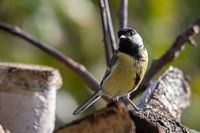 The flamboyant great tit of the green forestSwen van de Vlierd
The flamboyant great tit of the green forestSwen van de Vlierd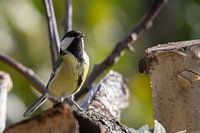 The flamboyant great tit of the green forestSwen van de Vlierd
The flamboyant great tit of the green forestSwen van de Vlierd The flamboyant great tit of the green forestSwen van de Vlierd
The flamboyant great tit of the green forestSwen van de Vlierd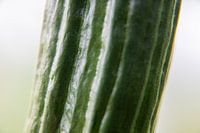 Super close up photo of a CucumberSwen van de Vlierd
Super close up photo of a CucumberSwen van de Vlierd Red Cherry tomato close up photoSwen van de Vlierd
Red Cherry tomato close up photoSwen van de Vlierd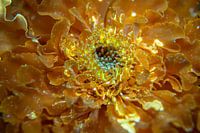 Tagette flower which glows under UV lightSwen van de Vlierd
Tagette flower which glows under UV lightSwen van de Vlierd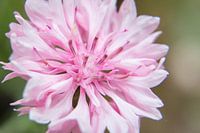 Pink cornflower up closeSwen van de Vlierd
Pink cornflower up closeSwen van de Vlierd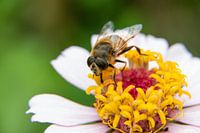 A bee on a zinnia flower close-upSwen van de Vlierd
A bee on a zinnia flower close-upSwen van de Vlierd Tagette which shines in UV lightSwen van de Vlierd
Tagette which shines in UV lightSwen van de Vlierd
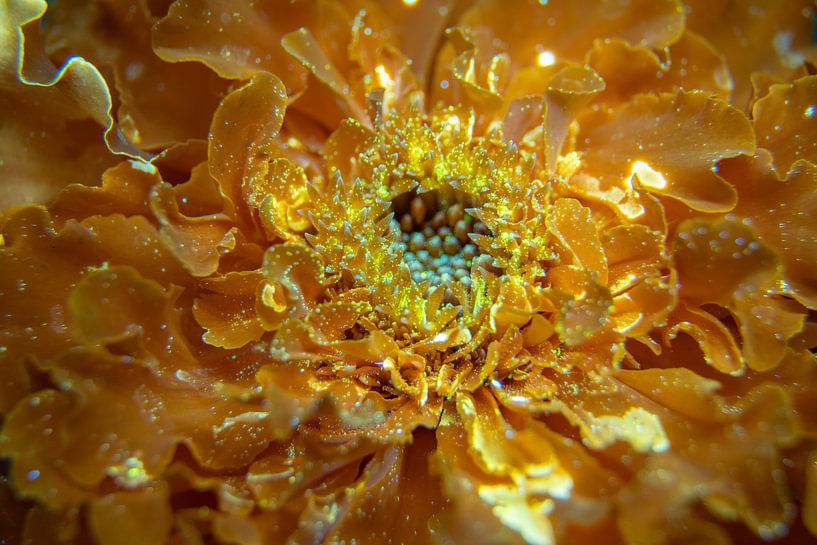


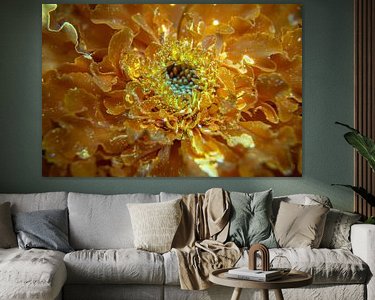

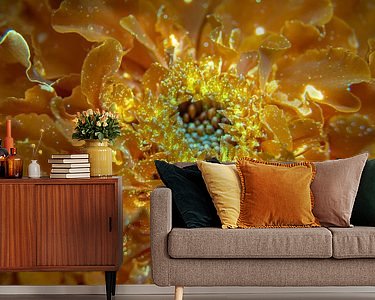







 Flowers
Flowers Gentle Whispers
Gentle Whispers Photo wallpaper
Photo wallpaper Photography
Photography Vibrant Colors
Vibrant Colors Waiting room
Waiting room









